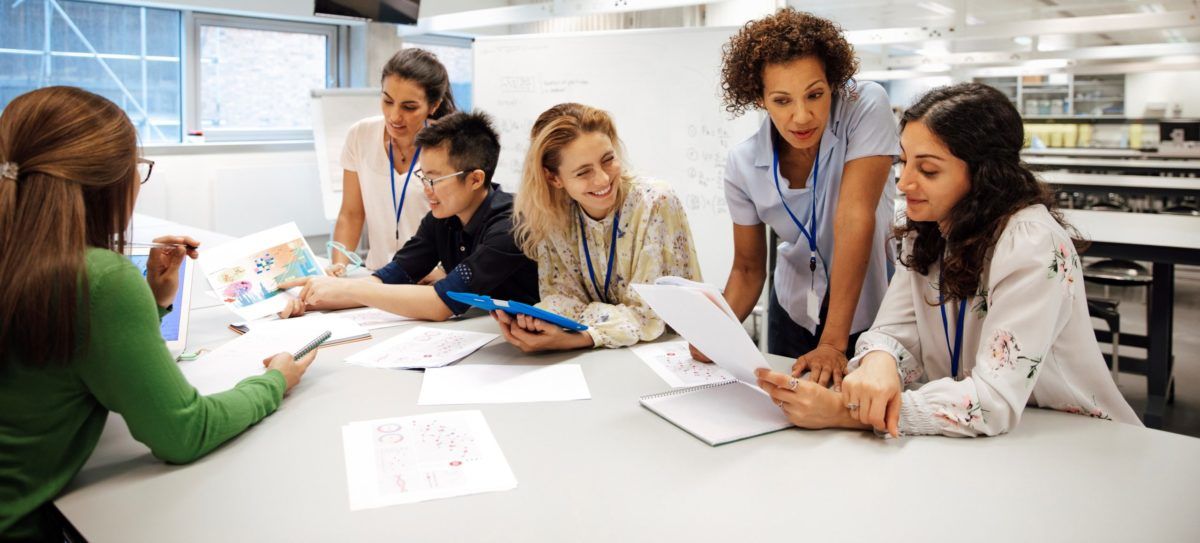The BHP Starter Fellowship – Pip’s story

Pip Nicholson is a clinical lecturer in haematology at BHP founder-member the University of Birmingham, and completed his BHP Starter Fellowship between 2015 and 2016. His research is currently focused on translating tyrosine kinase inhibitors to be used as anti-platelet drugs, and investigating the mechanisms of vaccine-induced thrombocytopaenia with thrombosis. He holds research grants from the British Heart Foundation, Wellcome Trust Translational Discovery Fund, the NIHR and a number of pharmaceutical companies, and is also chair of the HaemSTAR Network. He spoke to BHP about how his experience of the fellowship had led him to this point in his research career.
What attracted you to apply for the fellowship?
The fellowship was announced at a really opportune time for me. I’d just had a discussion with my now supervisor about the idea for the research and we’d been puzzling over how we could fund my salary to allow me to be released from my clinical duties. One of the limitations with other fellowships is that they require such detailed background and large amount of preliminary data. This means that doctors without a research background are effectively excluded from getting their foot on the first rung of the research ladder. While competitive, the BHP fellowship (or ITM fellowship as it was known then), didn’t require such extensive background information and the preliminary data required was a reasonable amount that could be generated by someone without any dedicated research time.
What were the benefits of fellowship?
The fellowship didn’t come with any significant strings attached such as teaching requirements. This meant that I could get on with the job of learning techniques and quickly generating further data to submit for larger, prestigious fellowship applications to support a full PhD.
Were there any challenges during the fellowship?
The main challenge was getting a full research fellowship application written and submitted in time for the various deadlines. To a clinician, a year to learn new skills and develop preliminary data seems like a huge chunk of time (my experience is that clinicians in training are happy if they get an hour to work on our own projects!). But the research environment is very different and long periods of time are required to learn skills, iron out issues with laboratory assays, and gain ethical approvals for the work.
While a year is sufficient time to generate data if you are focussed about things, the deadlines for the full research fellowships didn’t fall nicely near the end of the BHP fellowship and meant I had to put in applications before they were really ready. Towards the end of the fellowship I was still left wondering whether I had any ongoing research funding and this led to quite a lot of anxiety. I was fortunate to be placed in a well-funded lab where the brief shortfall in funding between finishing my BHP fellowship and subsequent funding from a British Heart Foundation Clinical Research Training Fellowship could be picked up.
How much clinical work did you do while undertaking your fellowship?
I very much wanted to keep my ‘hand in’ clinically, and so I did continue doing some clinical work. I was worried that if I didn’t, I wouldn’t be safe to look after patients when I returned on a more regular basis. So, I undertook in one outpatient clinic a week at the Queen Elizabeth Hospital, and I also did daytime on-calls at weekends at about a 1 in 5 frequency. In hindsight I think this probably slightly hindered my progress in the lab and actually my clinical skills probably wouldn’t have suffered significantly if I’d just stopped doing any clinical work for that year of the BHP fellowship.
Did the fellowship help with your clinical practice?
It definitely helped me identify the area of subspecialist clinical practice I wanted to do long term (i.e. thrombosis and haemostasis). It also gave me time to delve more into the clinical literature of this sub specialist area in order to better understand the pathophysiology and existing treatments and where the current limitations are in our knowledge. I also gained experience in dealing with ethics applications and working with NHS Trust Research and Development departments which have been a useful skill.
Do you feel that the fellowship has helped you with your career development and aspirations?
Without a doubt, if it wasn’t for the BHP fellowship I can’t see how I would have got my foot in the door of the clinical academic world. I’m now a clinical lecturer, chair a national research network and am in the process of applying for intermediate clinical research fellowships to support me in a consultant role and as a senior clinical lecturer. I wouldn’t be in this position without that initial year of funding that the BHP fellowship provided.
What would your advice be to anyone thinking of applying for a BHP fellowship?
Talk to people who have successfully been award the fellowship and have completed it and moved on to higher research degrees and other fellowships. Ask them to look at their successful applications to use as a template. Talk to them about their experience of the fellowship itself. Identify a supportive research environment and speak to various members of that research group (e.g. PhD students and post-doctoral researchers). They are the ones who will be able to tell you what the research training in that group is really like. Don’t just rely on your impression of the supervisor!



